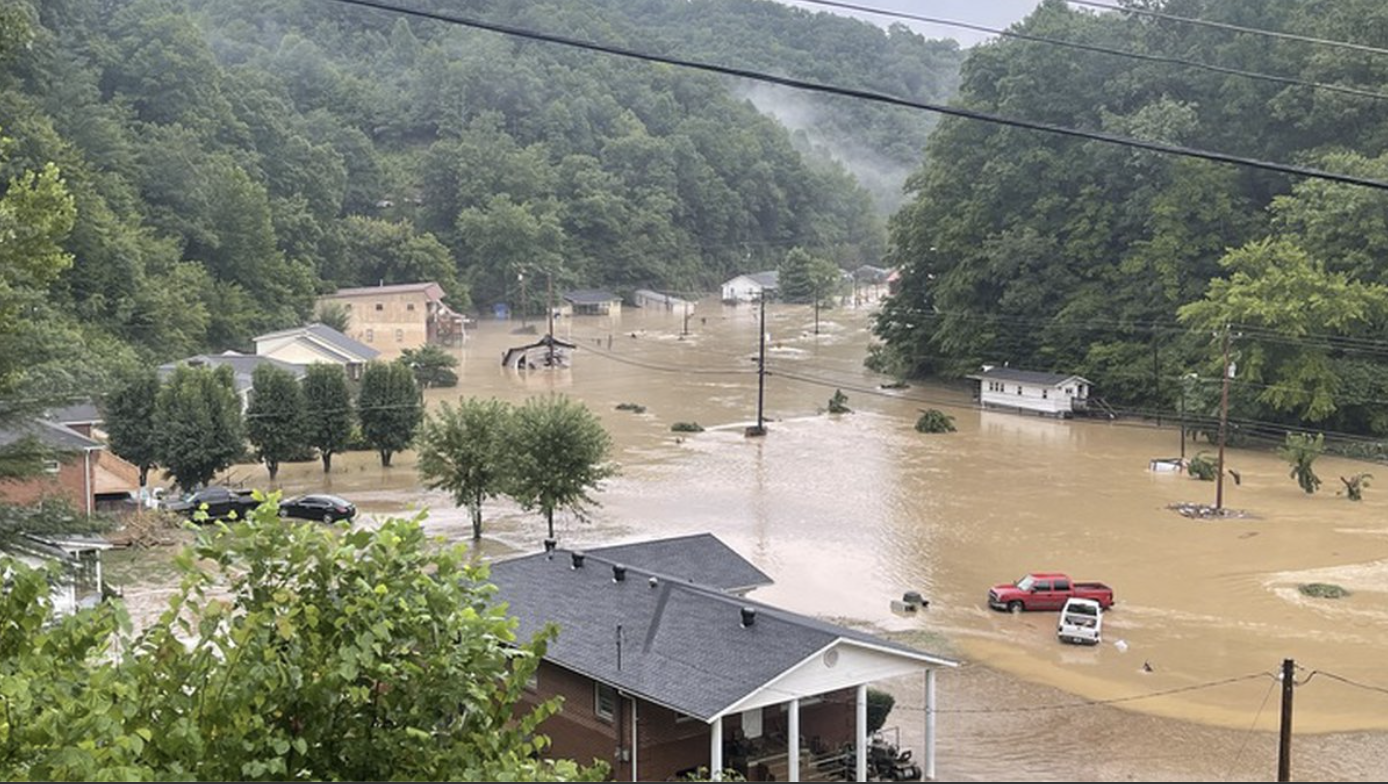Our regions endure a multitude of the natural disasters that happen: from rampant wild fires and earthquakes in the west, devastating tornadoes across the deep south, to catastrophic flooding in the east. Rural and persistently poor regions lack the needed investments such as local government capacity, safe infrastructure and access to other basic needs to thrive before disaster strikes, and this disinvestment becomes exacerbated once a community is in crisis. There are several layers of structural barriers in place that do not allow a community to maximize the impact of CDBG-DR funds. First, the ability to obtain and disperse CDBG-DR funds as needed throughout the community can be a barrier for small localities with lower levels of capacity. A second layer of barriers to utilizing CDBG-DR funds in persistently poor rural areas is that the CDBG-DR funding can leave gaps (for those able to afford disaster-related insurance) between what is insured and the total cost to rebuild. There are tertiary levels of structural barriers as well, unique to each rural region and community that require a more flexible model and support from federal agency staff to unlock the full potential of CDBG-DR grants.
We applaud the Department of Housing and Urban Development’s Office of Policy Development and Research for allowing public comments on how to ensure that CDBG-DR funds reach the rural and persistently poor communities disproportionately affected by disaster. CDBG-DR funds are a critical asset to communities facing devastation; offering the opportunity to prosper again. With the recommendations below from our Partners who live in and serve these areas, and experience these disasters first-hand, CDBG-DR grants can serve as a catalyst in persistently poor rural America to begin the journey to long-term recovery, precovery, and persistent prosperity.
Summary
• Measuring disaster impacts and unmet recovery needs caused by different hazards requires different data sources. Limiting the unmet housing needs assessment to FEMA IA and SBA registrants limits the universe of households with unmet needs. HUD needs to incorporate additional data sources, including rigorous state-level data sources, to accurately capture unmet recovery needs for the allocation methodology.
• Wildfire losses are included in a standard renters or homeowners insurance policy, so wildfire insurance penetration is much higher than that for floods/wind/earthquakes, which are covered by standalone hazard insurance policies. However, many LMI households who are insured are underinsured. Insurance costs in high fire risk areas are rising quickly to reflect growing climate risks and historical losses. Insurance policy coverage is not keeping up with steep increases in replacement costs, widening the underinsurance gap.
• Permanently authorize the program, which will allow HUD and communities to plan more concretely, deliver funding more quickly, and help Americans in need in a timely manner. While there are many steps in the CDBG-DR process from legislation to recipient, the largest delay is caused by the wait for Congress to act in response to a given disaster. In the absence of congressional action to make CDBG-DR permanent, HUD’s intention to create a Universal Notice is admirable and supported by PRT.
• HUD should count low- and moderate-income households that are underinsured as having unmet recovery needs, which will require looking beyond FEMA IA and SBA loan registrants.
• Most wildfire-impacted structures are destroyed, increasing per unit recovery costs. The current maximum unmet housing needs multiplier of $134,503 is less than half of typical per unit unmet housing recovery needs.
• Based on methodologies detailed in this response, HUD should increase its maximum unmet housing needs multiplier to at least $320,000 per severely damaged unit. PRT Comment_CDBG-DR_2.21.22Final
